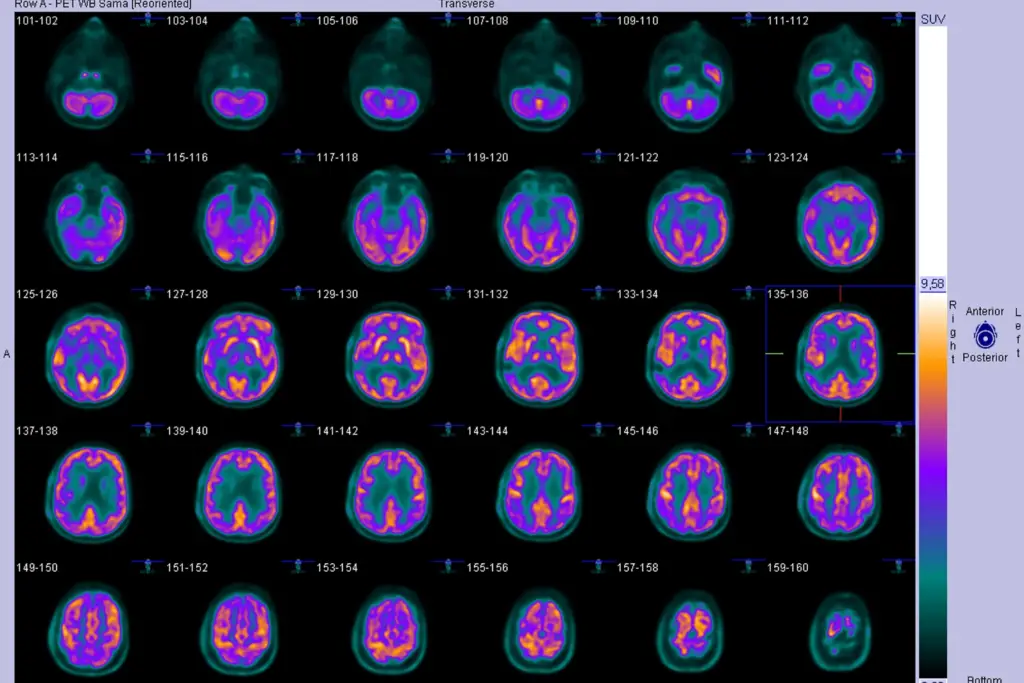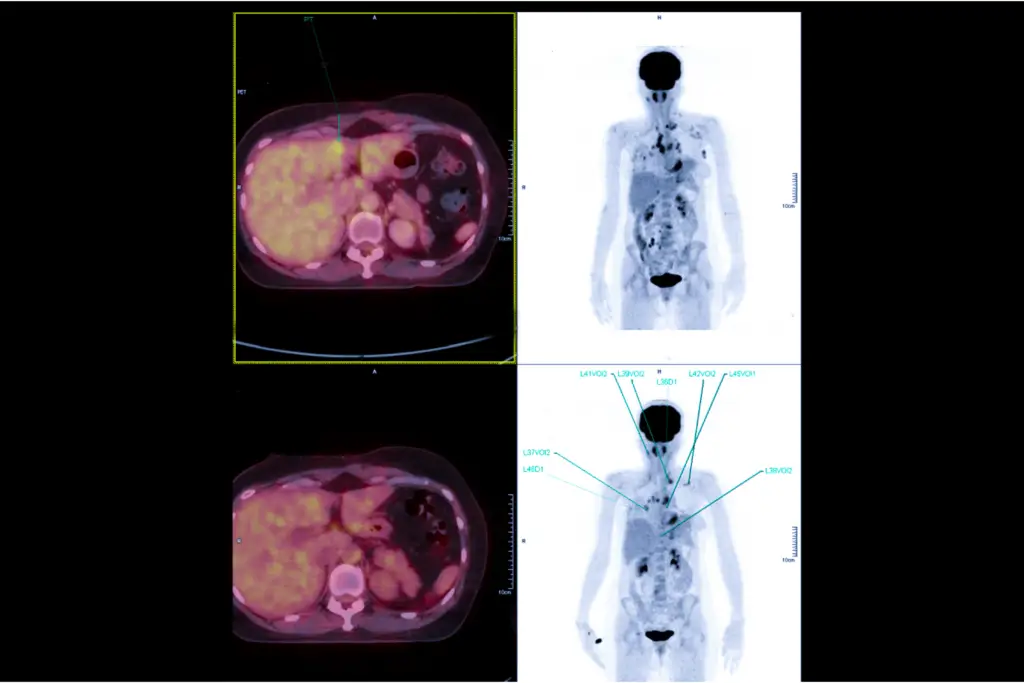Differentiating between the AP Axial Towne and PA Axial Haas methods in skull radiography can initially seem challenging.
Despite their similarities, these techniques contain crucial differences that impact image interpretation.
This article will help budding radiologic technologists comprehend these methods’ nuances, improving their skills in analyzing intricate structures like the occipital and frontal bones.
AP Axial Towne Method
In the AP Axial Towne Method, the patient is positioned such that X-rays pass from the front (anterior) to the back (posterior) of the skull, angling towards the skull base.
Here are a few identifiers for this method:
Dorsum Sellae within Foramen Magnum
A correctly executed AP Axial Towne projection shows the dorsum sellae – resembling a small square – within the more prominent ‘circle’ of the foramen magnum.
Petrous Ridges
These structures, part of the temporal bone, appear in the lower third of the orbits. If they’re higher or lower than expected, the skull may have been overly extended or flexed, respectively.
Symmetry
A well-executed image will have symmetric bilateral structures, suggesting no rotation during imaging.

PA Axial Haas Method
Conversely, the Haas method involves positioning such that X-rays pass from the back (posterior) to the front (anterior) of the skull.
Critical pointers for a PA Axial Haas image include:
Shadow of the Foramen Magnum
This method often results in a denser shadow of the foramen magnum as the X-rays traverse through a more prominent bone and soft tissue mass.
Dorsum Sellae and Posterior Clinoid Processes
They should be projected within the foramen magnum. The dorsum sellae may appear superior compared to the AP Towne projection.
Petrous Ridges
These appear just below the maxillary sinuses in this projection.
Symmetry
Like the Towne method, the skull was likely not rotated during imaging if bilateral structures were symmetrical.
FAQs
How does the patient positioning differ between the AP Axial Towne and PA Axial Haas Methods?
In the AP Axial Towne Method, X-rays pass from the front to the back of the skull. Conversely, the PA Axial Haas Method involves X-rays passing from the back to the front of the skull.
What are some identifiers in the AP Axial Towne Method?
Key indicators include the dorsum sellae’s position within the foramen magnum, the location of petrous ridges in the orbits, and the symmetry of bilateral structures.
What should I look for in a PA Axial Haas image?
Look for a denser shadow of the foramen magnum, the dorsum sellae and posterior clinoid processes within the foramen magnum, petrous ridges’ position, and the symmetry of bilateral structures.
How can I improve my ability to distinguish between these methods?
Regular practice in analyzing images using these methods and recalling their unique characteristics will enhance your differentiation skills over time.
Why is it essential to distinguish between the AP Axial Towne and PA Axial Haas Methods?
Distinguishing between these two methods is crucial for accurately interpreting and analysing skull radiographic images, contributing to better patient diagnosis and treatment.

Conclusion
Mastering the AP Axial Towne and PA Axial Haas methods in skull radiography may initially seem intimidating.
However, understanding the unique characteristics of each method and regular practice can make the differentiation process much smoother.
Remember these identifiers, study diligently, and you’ll soon be proficient in skull radiography. Here’s to your learning journey!

